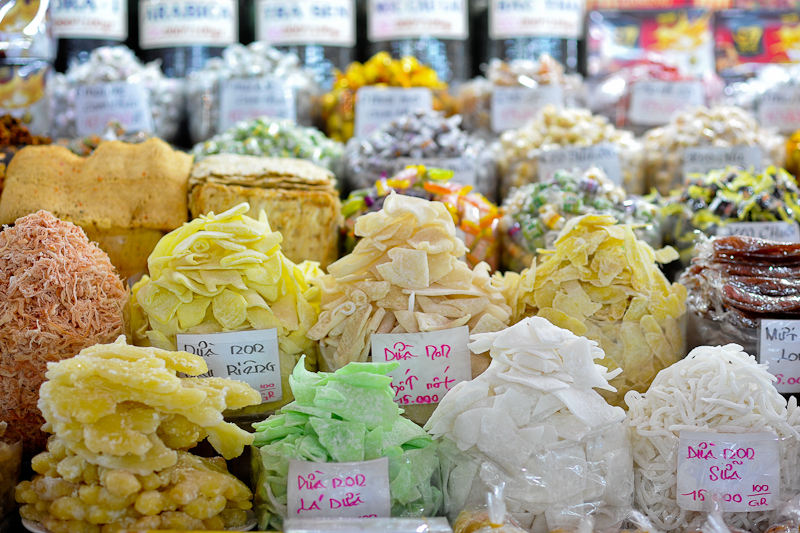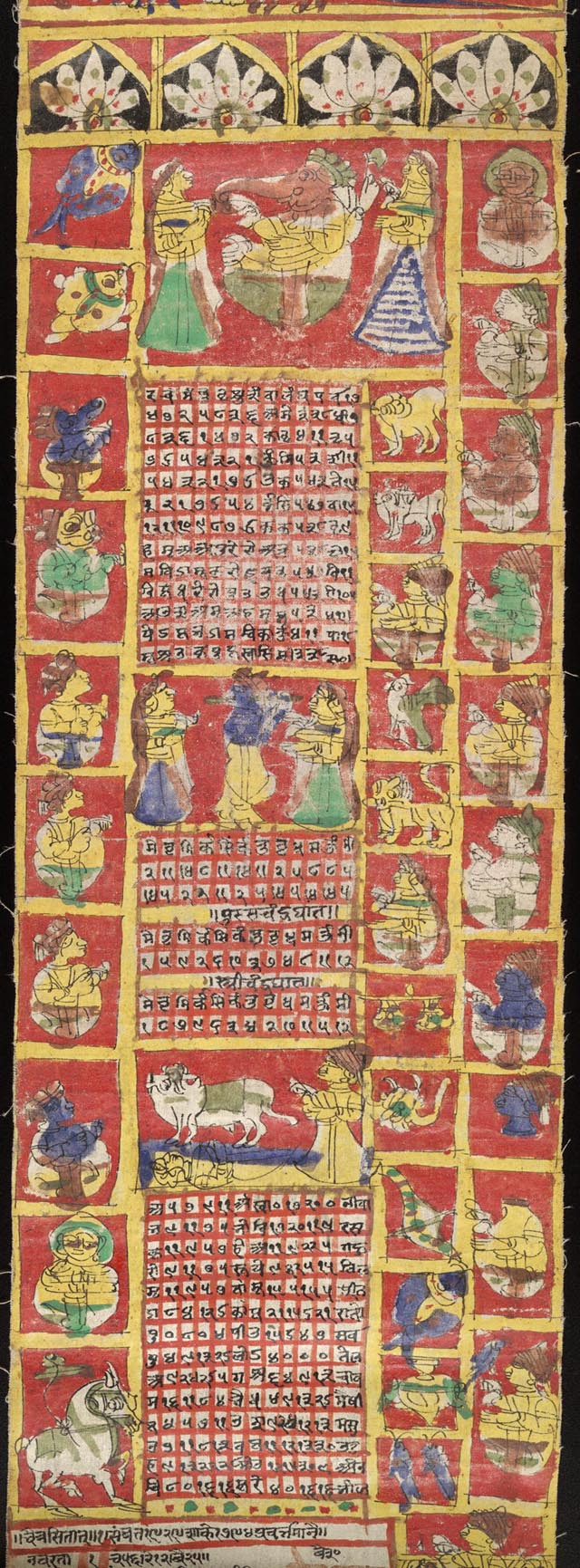|
Māgha Pūjā
Māgha Pūjā (also written as Makha Bucha Day, Meak Bochea) is a Buddhist festival celebrated on the full moon day of Magha (month), the third lunar month in Cambodia, Laos, Thailand, Sri Lanka and on the full moon day of Tabaung in Myanmar. It is the second most important Buddhist festival after Vesak; it celebrates a gathering that was held between the Buddha and 1,250 of his first savaka, disciples, which, according to tradition, preceded the custom of periodic recitation of Patimokkha, discipline by monks. On the day, Buddhists celebrate the creation of an ideal and exemplary community, which is why it is sometimes called Saṅgha Day, the Saṅgha referring to the Buddhist community, and for some Buddhist schools this is specifically the monastic community. In Thailand, the Pāli term Māgha-pūraṇamī is also used for the celebration, meaning 'to honor on the full moon of the third lunar month'. Finally, some authors referred to the day as the Buddhist All Saints Day. ... [...More Info...] [...Related Items...] OR: [Wikipedia] [Google] [Baidu] |
Cambodia
Cambodia, officially the Kingdom of Cambodia, is a country in Southeast Asia on the Mainland Southeast Asia, Indochinese Peninsula. It is bordered by Thailand to the northwest, Laos to the north, and Vietnam to the east, and has a coastline along the Gulf of Thailand in the southwest. It spans an area of , dominated by a low-lying plain and the confluence of the Mekong river and Tonlé Sap, Southeast Asia's largest lake. It is dominated by a tropical climate and is rich in biodiversity. Cambodia has a population of about 17 million people, the majority of which are ethnically Khmer people, Khmer. Its capital and most populous city is Phnom Penh, followed by Siem Reap and Battambang. In 802 AD, Jayavarman II declared himself king, uniting the warring Khmer princes of Chenla Kingdom, Chenla under the name "Kambuja".Chandler, David P. (1992) ''History of Cambodia''. Boulder, CO: Westview Press, . This marked the beginning of the Khmer Empire. The Indianised kingdom facilitated ... [...More Info...] [...Related Items...] OR: [Wikipedia] [Google] [Baidu] |
Tết Nguyên Tiêu
Tết (, ), short for (; ), is the most important celebration in Vietnamese culture. Tết celebrates the arrival of spring based on the Vietnamese calendar and usually falls on January or February in the Gregorian calendar. is not to be confused with Tết Trung Thu, which is also known as Children's Festival in Vietnam. "'" itself only means festival but it would generally refer to the Lunar New Year in Vietnamese, as it is often seen as the most important festival amongst the Vietnamese and the Vietnamese diaspora, with regarded as the second-most important. Vietnamese people celebrate annually, which is based on a lunisolar calendar (calculating both the motions of Earth around the Sun and of the Moon around Earth). Tết is generally celebrated on the same day as Chinese New Year (also called Spring Festival), with the one-hour time difference between Vietnam and China resulting in the new moon occurring on different days. Rarely, the dates of Vietnamese and Chinese ... [...More Info...] [...Related Items...] OR: [Wikipedia] [Google] [Baidu] |
Hindu Calendar
The Hindu calendar, also called Panchangam, Panchanga (), is one of various lunisolar calendars that are traditionally used in the Indian subcontinent and Southeast Asia, with further regional variations for social and Hindu religious purposes. They adopt a similar underlying concept for timekeeping based on sidereal year for solar cycle, solar cycle and adjustment of lunar cycles in every three years, but differ in their relative emphasis to moon cycle or the sun cycle and the names of months and when they consider the New Year to start. Of the various regional calendars, the most studied and known Hindu calendars are the Shaka era, Shalivahana Shaka (Based on the Shalivahana, King Shalivahana, also the Indian national calendar) found in the Deccan Plateau, Deccan region of Southern India and the Vikram Samvat (Bikrami) found in Nepal and the North and Central regions of India – both of which emphasize the lunar cycle. Their new year starts in spring. In regions such as Tamil ... [...More Info...] [...Related Items...] OR: [Wikipedia] [Google] [Baidu] |
Valentine's Day
Valentine's Day, also called Saint Valentine's Day or the Feast of Saint Valentine, is celebrated annually on February 14. It originated as a Christian feast day honoring a Christian martyrs, martyr named Saint Valentine, Valentine, and through later folk traditions it has also become a significant cultural, religious and commercial celebration of Romance (love), romance and love in many regions of the world. There are a number of martyrdom stories associated with various Saint Valentines connected to February 14, including an account of the imprisonment of Saint Valentine of Rome for ministering to Christians Persecution of Christians in the Roman Empire, persecuted under the Roman Empire in the third century. According to an early tradition, Saint Valentine restored sight to the blind daughter of his jailer. Numerous later additions to the legend have better related it to the theme of love: tradition maintains that Saint Valentine performed weddings for Christian soldie ... [...More Info...] [...Related Items...] OR: [Wikipedia] [Google] [Baidu] |
Dāna
(Devanagari: , IAST: ) is a Sanskrit and Pali word that connotes the virtue of generosity, charity or giving of alms, in Indian religions and philosophies. In Hinduism, Buddhism, Jainism, and Sikhism, is the practice of cultivating generosity. It can take the form of giving to an individual in distress or need, or of philanthropic public projects that empower and help many. is an ancient practice in Indian traditions, tracing back to Vedic traditions. Hinduism (Sanskrit: ) means giving, often in the context of donation and charity. In other contexts, such as rituals, it can simply refer to the act of giving something. is related to and mentioned in ancient texts along with concepts of () which means benevolent deed, helping others; () which means fee one can afford; and (), which means alms. is defined in traditional texts as any action of relinquishing the ownership of what one considered or identified as one's own, and investing the same in a recipient without ex ... [...More Info...] [...Related Items...] OR: [Wikipedia] [Google] [Baidu] |
King Rama IV
Mongkut (18 October 18041 October 1868) was the fourth king of Siam from the Chakri dynasty, titled Rama IV. He reigned from 1851 until his death in 1868. The reign of Mongkut was marked by significant modernization initiatives and diplomatic engagements, which played pivotal roles in shaping Thailand's trajectory towards progress and international relations. Siam first felt the pressure of Western expansionism during Mongkut's reign. Mongkut embraced Western innovations and initiated the modernization of his country, both in technology and culture—earning him the nickname "The Father of Science and Technology" in Siam. Mongkut was also known for appointing his younger brother, Prince Chutamani, as Second King, crowned in 1851 as King Pinklao. Mongkut told the country that Pinklao should be respected with equal honor to himself (as King Naresuan had done with his brother Ekathotsarot in 1583). During Mongkut's reign, the power of the House of Bunnag reached its zenith: It ... [...More Info...] [...Related Items...] OR: [Wikipedia] [Google] [Baidu] |
Pāli
Pāli (, IAST: pāl̤i) is a classical Middle Indo-Aryan language of the Indian subcontinent. It is widely studied because it is the language of the Buddhist ''Pāli Canon'' or '' Tipiṭaka'' as well as the sacred language of '' Theravāda'' Buddhism. Pali was designated as a classical language by the Government of India on 3 October 2024. Origin and development Etymology The word 'Pali' is used as a name for the language of the Theravada canon. The word seems to have its origins in commentarial traditions, wherein the (in the sense of the line of original text quoted) was distinguished from the commentary or vernacular translation that followed it in the manuscript. K. R. Norman suggests that its emergence was based on a misunderstanding of the compound , with being interpreted as the name of a particular language. The name Pali does not appear in the canonical literature, and in commentary literature is sometimes substituted with , meaning a string or lineage. Thi ... [...More Info...] [...Related Items...] OR: [Wikipedia] [Google] [Baidu] |
Saṅgha
Sangha or saṃgha () is a term meaning "association", "assembly", "company" or "community". In a political context, it was historically used to denote a governing assembly in a republic or a kingdom, and for a long time, it has been used by religious associations, including Buddhists, Jains and Sikhs. Given this history, some Buddhists have stated that the tradition of the ''sangha'' represents humanity's oldest surviving democratic institution. In Buddhism, ''sangha'' refers to the monastic communities of ''bhikkhu'' (monks) and '' bhikkhuni'' (nuns). These communities are traditionally referred to as the ''bhikkhu-sangha'' or the ''bhikkhuni-sangha''. As a separate category, those Buddhists who have attained any of the four stages of enlightenment, whether or not they are members of the monastic community, are referred to as the ''āryasaṅgha'' ("noble Sangha"). According to the Theravada school and Nichiren Shoshu Buddhism, the term ''sangha'' does not refer to ... [...More Info...] [...Related Items...] OR: [Wikipedia] [Google] [Baidu] |
Vesak
Vesak (; Sanskrit: '), also known as Buddha Jayanti, Buddha Purnima, Visak Bochea and Buddha Day, is a holiday traditionally observed by Buddhism, Buddhists in South Asia and Southeast Asia, as well as in Tibet and Mongolia. It is among the most important Buddhist festivals. The festival commemorates the birth, enlightenment (Pali: Nibbāna, Sanskrit: Nirvāṇa), and death (Parinibbāna, Parinirvāna) of Gautama Buddha in Theravada, Tibetan Buddhism, and Navayana. The name ''Vesak'' is derived from the Pali term ' or Sanskrit ' for the lunar month of Vaisakha, which is considered the month of Buddha's birth. In Mahayana Buddhist traditions, the holiday is known by its Sanskrit name (') and derived variants of it. In the East Asian tradition, a celebration of Buddha's Birthday typically occurs around the traditional timing of Vesak, while the Buddha's awakening and death are celebrated as separate holidays that occur at other times in the calendar as Bodhi Day and Parinirva ... [...More Info...] [...Related Items...] OR: [Wikipedia] [Google] [Baidu] |
Tabaung
Tabaung () is the twelfth and final month of the traditional Burmese calendar. Festivals and observances *Tabaung Festival ( Magha Puja) - full moon of Tabaung * Sand Pagoda Festival () *28 Pagoda Parade Festival, Pyinmana Township *Pagoda festivals **Shwedagon Pagoda Festival **Alaungdaw Kathapa Pagoda Festival, Sagaing Region **Shwesettaw Pagoda Festival, Minbu Township, Magwe Region **Shwesayan Pagoda Festival ( Patheingyi Township, Mandalay Region) ** Kekku Pagoda Festival, Shan State Tabaung symbols *Flower: '' Calophyllum calaba'' (synonym ''Calophyllum amoenum'') References See also *Burmese calendar The Burmese calendar (, , or , ; Burmese Era (BE) or Myanmar Era (ME)) is a lunisolar calendar in which the months are based on lunar months and years are based on sidereal years. The calendar is largely based on an older version of the Hind ... * Festivals of Burma {{Burmese months Months of the Burmese calendar ... [...More Info...] [...Related Items...] OR: [Wikipedia] [Google] [Baidu] |







